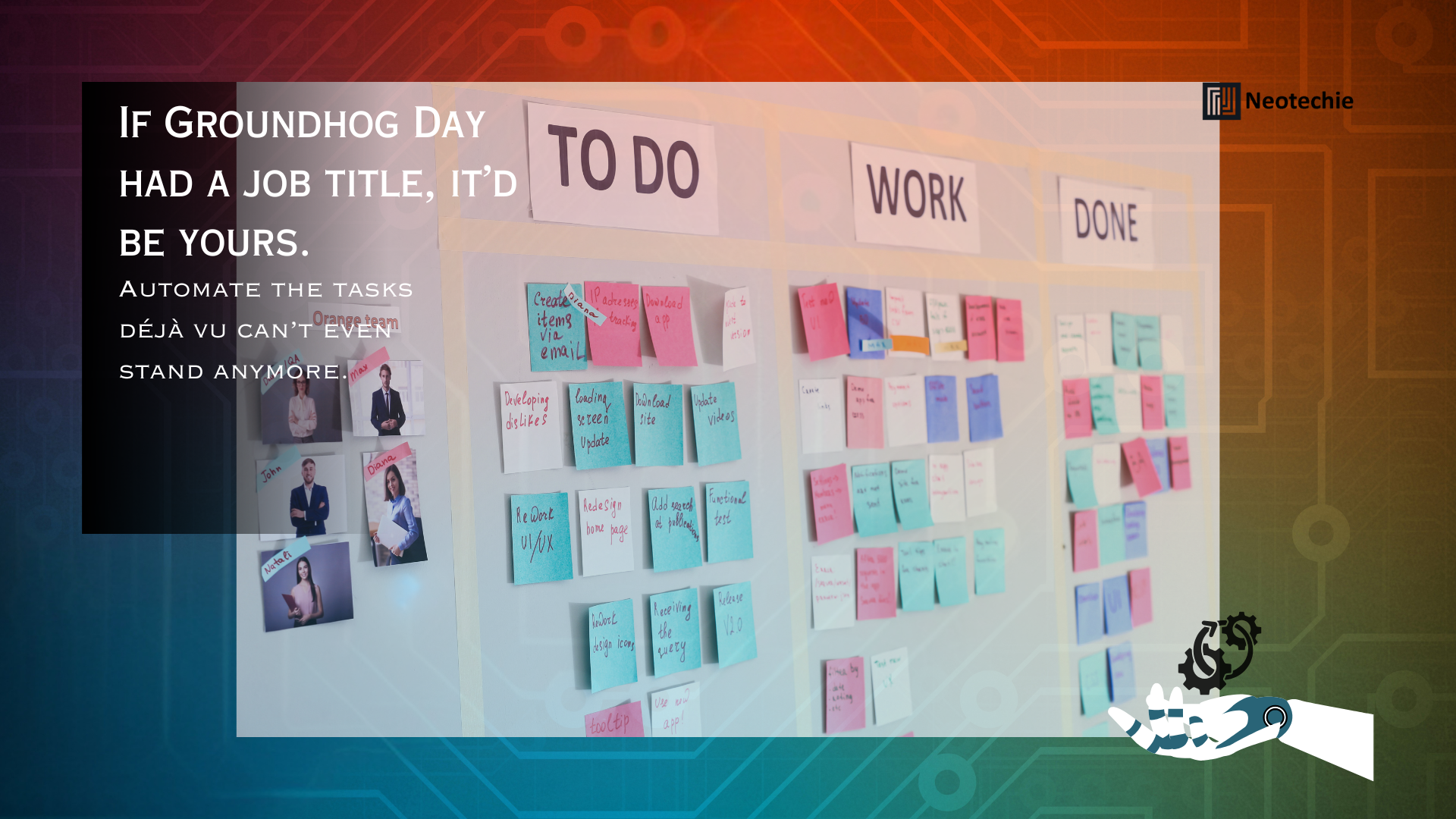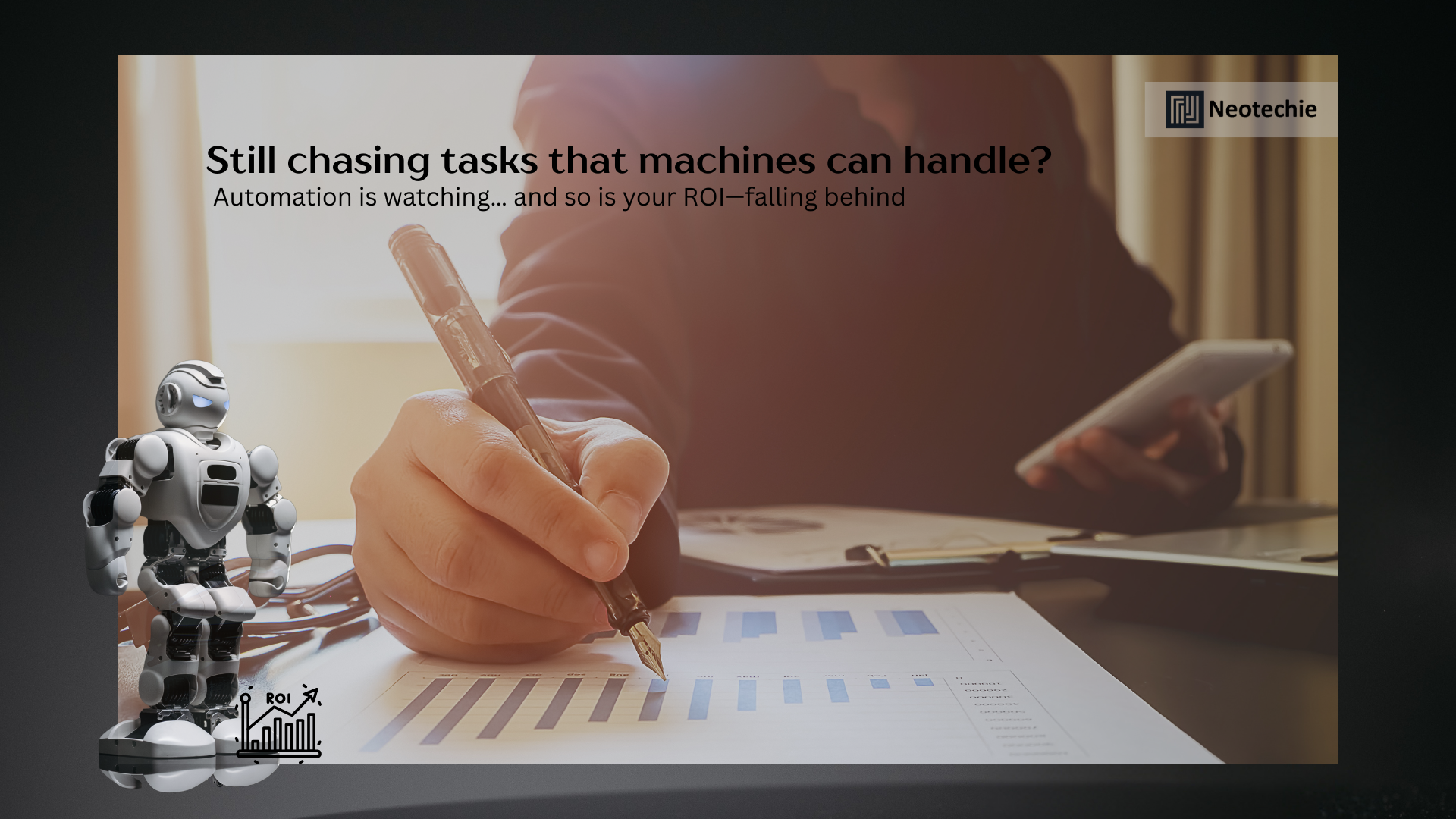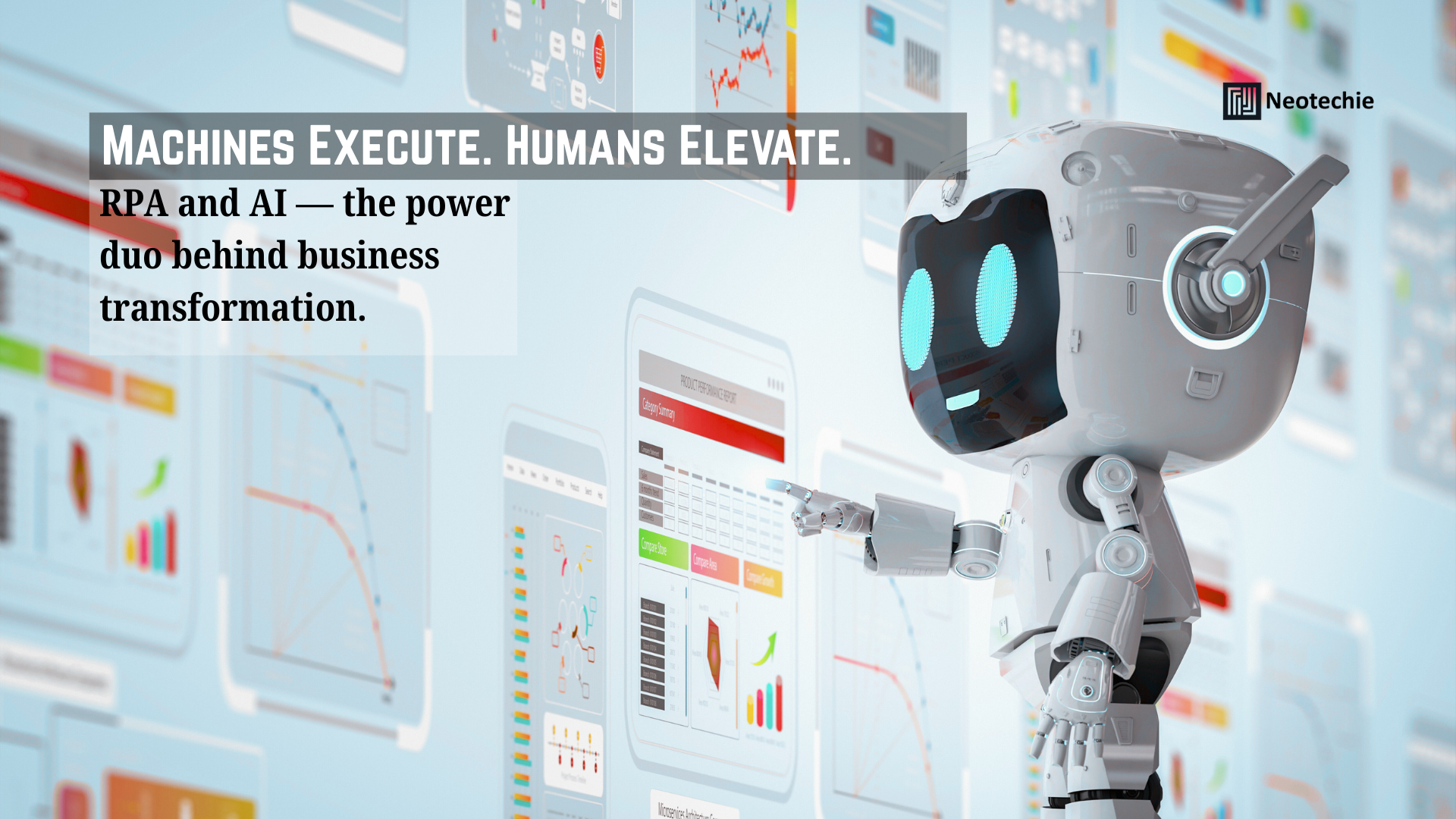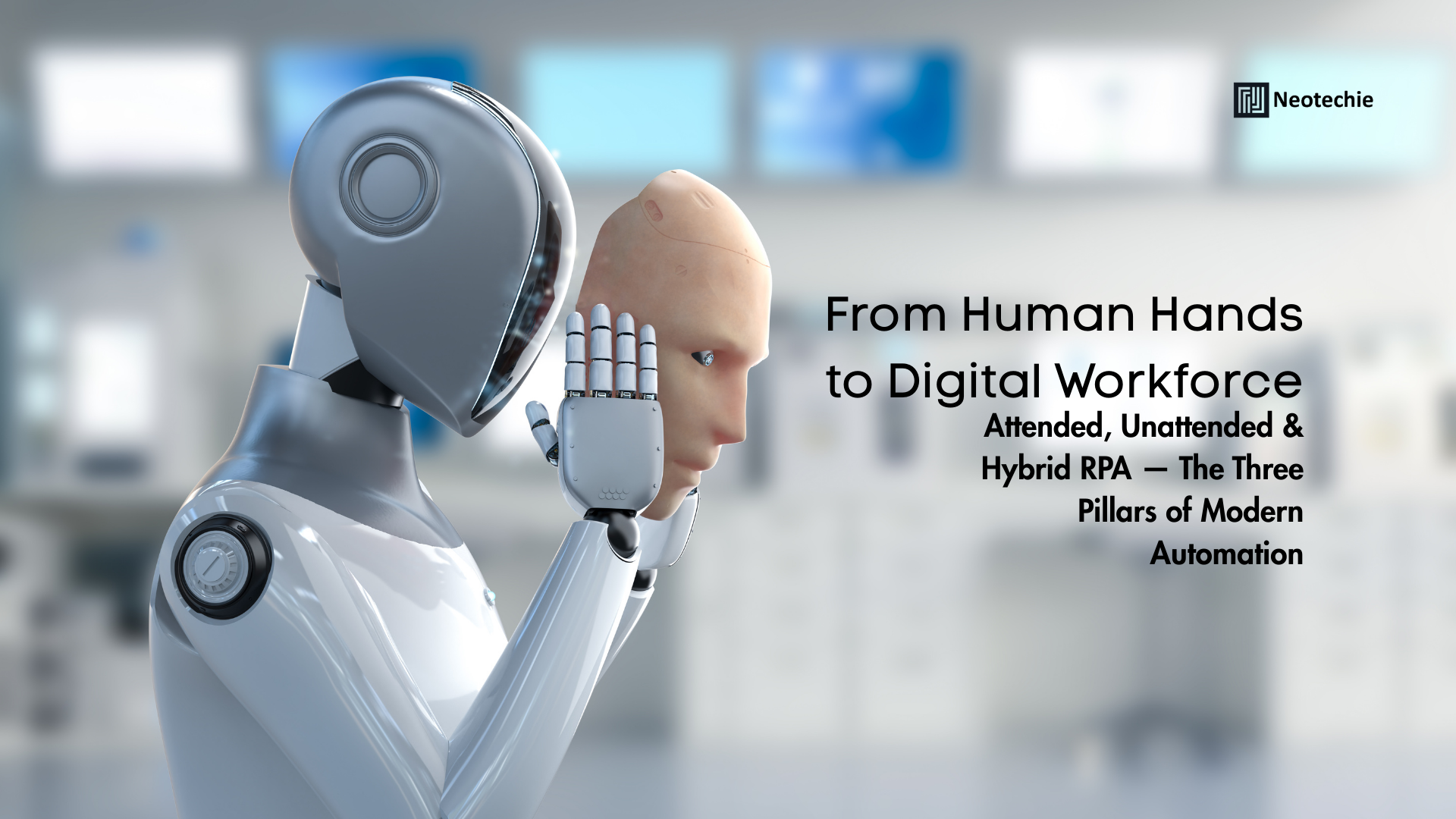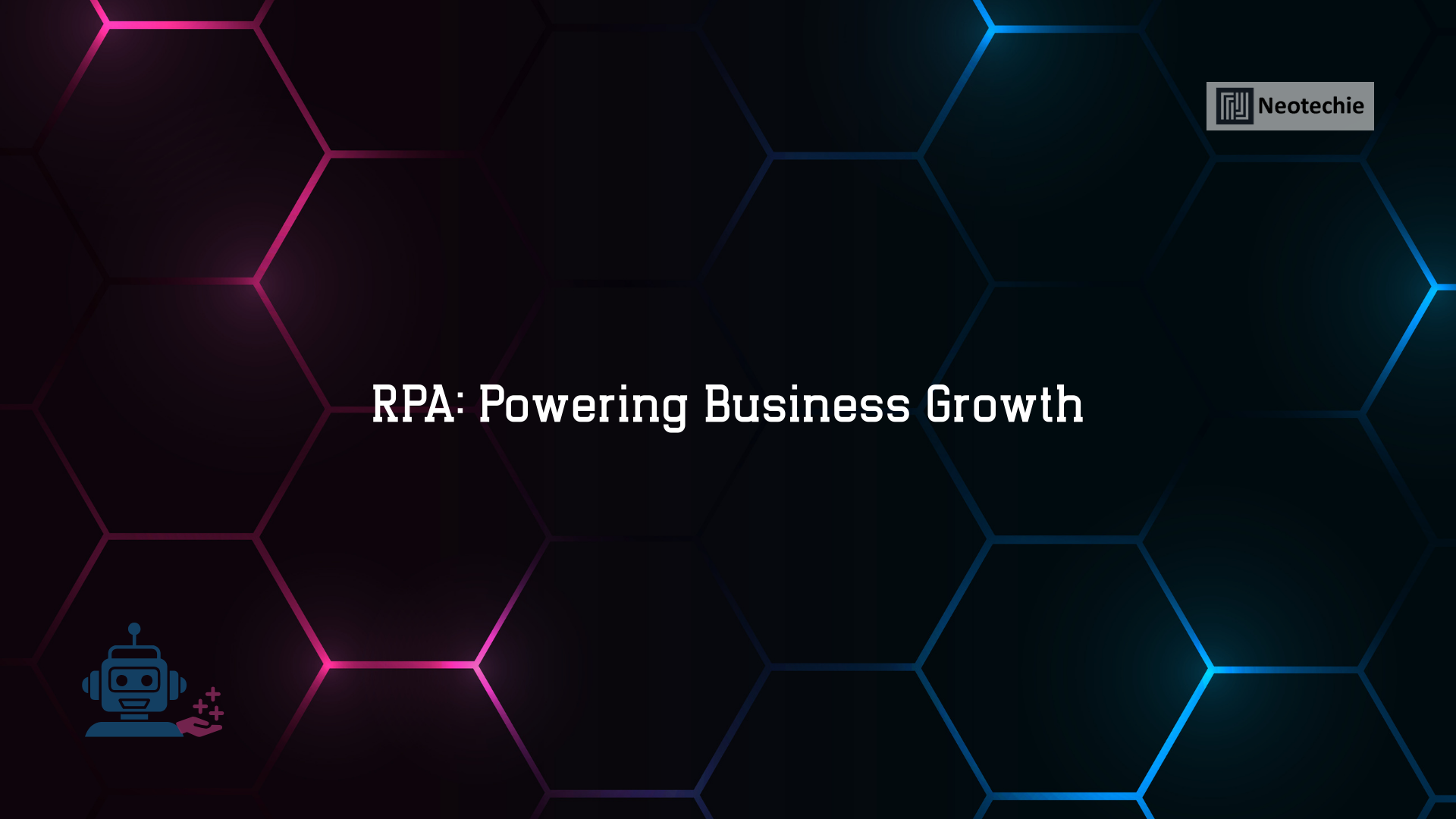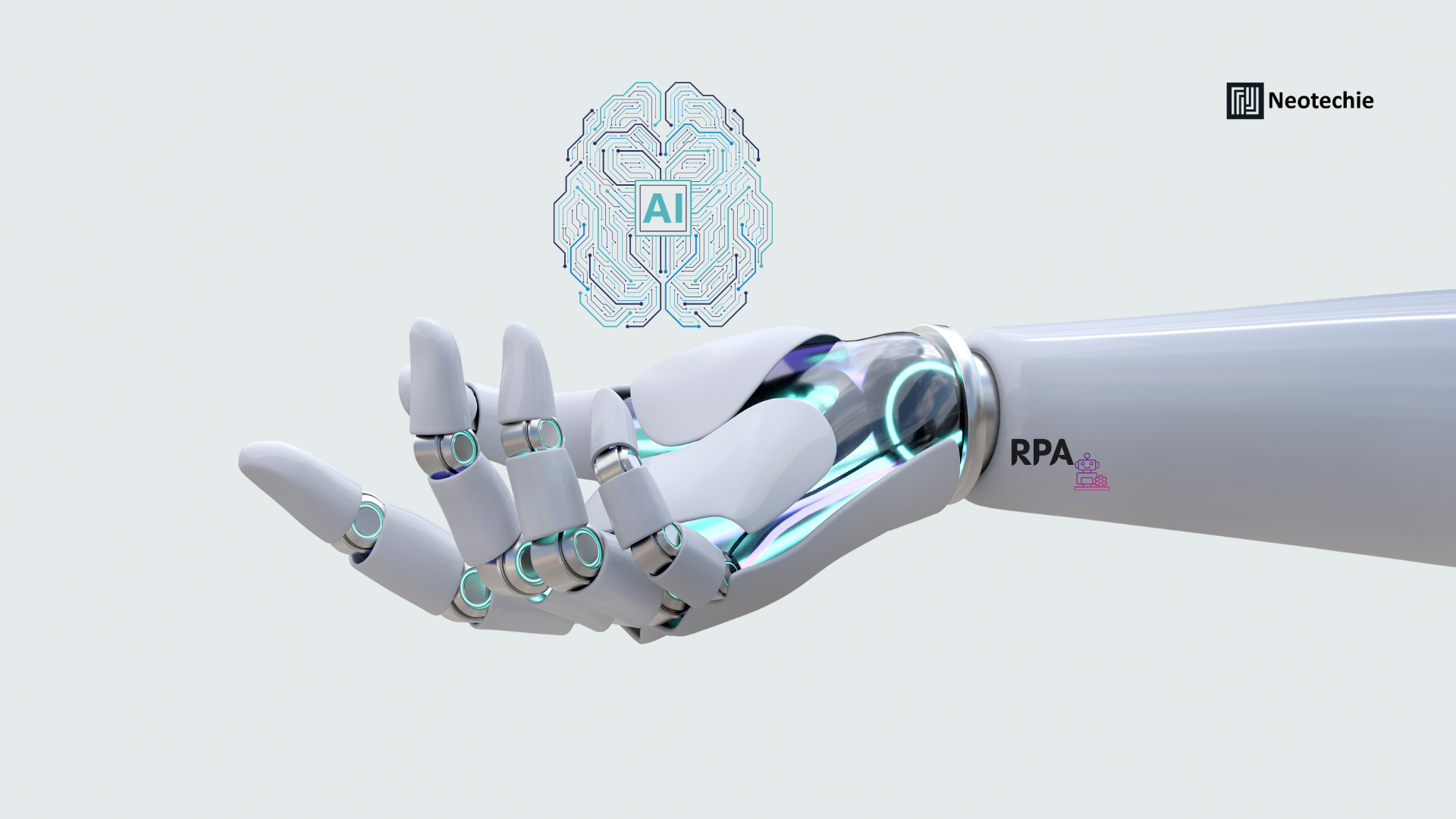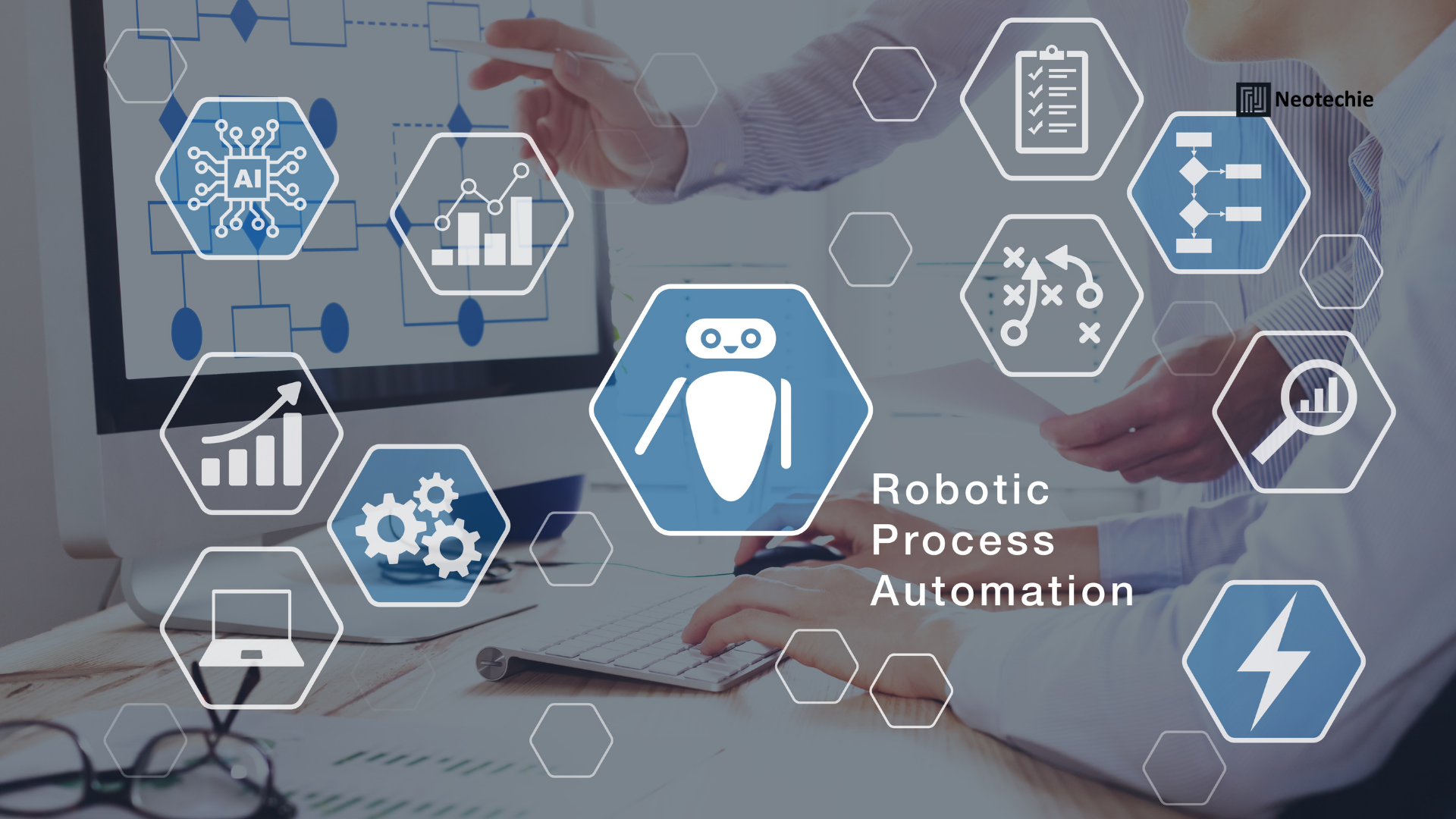Robotic Process Automation (RPA) has transformed how businesses handle repetitive, rule-based tasks. It’s fast, reliable, and cost-effective. From auto-generating reports to migrating data across platforms, RPA can replicate human actions with precision. But what happens when the process isn’t just about clicking buttons or moving files? What if it requires decision-making, adaptability, or pattern recognition? That’s where RPA hits a ceiling—and Artificial Intelligence (AI) becomes essential.
The combination of RPA and AI—often referred to as Intelligent Automation (IA)—unlocks exponential business value. On its own, RPA automates predefined steps. When integrated with AI, it gains the ability to understand, reason, and learn.
The Limitations of RPA Without AI
RPA is rule-based and best suited for structured data and deterministic processes. It cannot handle variability, ambiguity, or context-based decision-making. Here are a few examples of where RPA alone falls short:
- Unstructured Data Handling: RPA can’t read and interpret documents, images, or emails that don’t follow a strict format.
- Cognitive Tasks: It doesn’t understand language, sentiment, or intent.
- Dynamic Environments: RPA struggles in systems that change frequently or require contextual understanding.
Businesses that rely solely on RPA risk automating surface-level tasks while leaving more complex (and more valuable) processes untouched.
What Happens When You Add AI to RPA?
By integrating AI technologies like Natural Language Processing (NLP), Machine Learning (ML), Computer Vision, and Predictive Analytics, RPA becomes intelligent. It can now:
- Read, classify, and extract data from emails, invoices, contracts, and PDFs.
- Learn from historical data to make predictions and improve decision-making.
- Understand customer queries and respond with contextual relevance.
- Adapt to changes in workflows or system environments.
This transition from task automation to process automation is where real transformation begins.
Key Benefits of Combining RPA and AI
1. Enhanced Process Intelligence
AI-enabled RPA can evaluate, optimize, and refine business processes over time. With AI-driven analytics, companies can identify inefficiencies, bottlenecks, and opportunities for automation.
2. Improved Accuracy and Compliance
AI can validate data integrity, detect anomalies, and ensure compliance in regulated industries like finance and healthcare. This significantly reduces manual errors and audit risks.
3. Greater Scalability and Flexibility
As business needs evolve, AI-driven bots can adapt to changes without requiring constant reprogramming. This makes scaling automation across departments much more feasible.
4. Superior Customer Experience
With AI’s ability to interpret language and intent, customer service bots can handle a broader range of inquiries, offer personalized assistance, and escalate issues only when necessary.
5. Smarter Decision Making
AI allows RPA systems to make context-aware decisions. For instance, instead of blindly processing a refund, an AI-enhanced bot can analyze the customer’s history, flag anomalies, and take action accordingly.
Real-World Use Cases Where RPA Alone Isn’t Enough
Invoice Processing
- RPA-only: Extract data from pre-formatted invoices and enter it into an ERP.
- With AI: Classify invoices of varying formats using computer vision, detect anomalies, and learn from exceptions over time.
Customer Support
- RPA-only: Route tickets or send canned responses.
- With AI: Understand sentiment and intent, provide tailored responses, and escalate only complex queries to human agents.
Compliance Monitoring
- RPA-only: Flag transactions over a certain value.
- With AI: Analyze transaction patterns for fraud risk, check against real-time regulatory changes, and adapt workflows accordingly.
Industry Impact: RPA + AI in Action
Finance and Banking
AI enhances fraud detection, credit scoring, and financial forecasting, while RPA manages data entry, report generation, and customer onboarding.
Healthcare
AI can interpret medical records, suggest diagnoses, and predict treatment outcomes. Combined with RPA’s ability to handle admin tasks, it drastically improves healthcare delivery.
Retail and eCommerce
AI personalizes recommendations, predicts inventory demand, and understands customer sentiment. RPA automates logistics, returns processing, and supplier management.
Human Resources
AI evaluates candidate profiles, predicts employee attrition, and analyzes engagement. RPA handles offer letters, onboarding, and payroll.
Strategic Considerations for Intelligent Automation
- Choose the Right Processes: Start with processes that combine structured and unstructured data and require some degree of decision-making.
- Invest in Data Quality: AI’s accuracy depends on clean, well-organized, and labeled data.
- Select Scalable Platforms: Ensure that your RPA and AI tools can integrate seamlessly and grow with your business.
- Develop Cross-Functional Teams: Bring together IT, business analysts, and data scientists for a well-rounded automation strategy.
- Measure ROI Continuously: Define KPIs before deployment and monitor them regularly to prove value.
AI-Powered RPA is the Future
Automation without intelligence is limited. Companies that use only RPA are missing out on strategic advantages that come from understanding, adapting, and evolving with data. Integrating AI empowers businesses to make smarter decisions, personalize experiences, and stay agile.
With the growing volume and complexity of digital operations, intelligent automation isn’t optional—it’s essential.
Neotechie’s Intelligent Automation Advantage
At Neotechie, we specialize in crafting intelligent automation strategies that combine the precision of RPA with the adaptability of AI. Our team works closely with your business to assess workflows, identify automation-ready tasks, and apply the right blend of technology.
Our AI-enhanced RPA solutions:
- Extract and analyze unstructured data using natural language processing
- Predict outcomes and automate decision-making
- Improve process visibility with real-time insights
- Ensure end-to-end automation with minimal human intervention
Whether you’re in finance, healthcare, retail, or logistics, our goal is to help you go beyond automation and unlock true digital transformation.
It’s time to elevate your automation game—partner with Neotechie and let intelligence do the heavy lifting.
Start your transformation journey with Neotechie at neotechie.in


